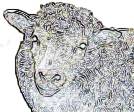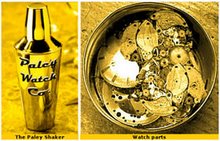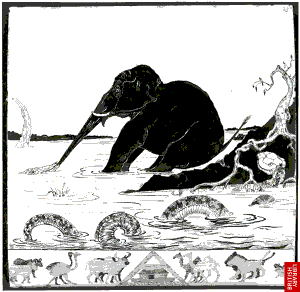 Zoologists Malcolm Burrows and Gregory Sutton at the University of Cambridge, UK, say that this seems to be the first example in nature of rotary motion with toothed gears. They describe their findings today in Science.
When the insect jumps, the cog teeth join so that the two legs lock together, ensuring that they thrust at exactly the same time (see video above and image at left). “The gears add an extra level of synchronization beyond that which can be achieved by the nervous system,” says Burrows.
Gears are not the only mechanical solutions that were long thought to be unique to human engineering and then found to have been mastered by evolution: The screw-and-nut system is another example. In 2011, Alexander Riedel of the State Museum of Natural History in Karlsruhe, Germany, and his colleagues reported a screw-thread joint in the legs of a weevil beetle
Zoologists Malcolm Burrows and Gregory Sutton at the University of Cambridge, UK, say that this seems to be the first example in nature of rotary motion with toothed gears. They describe their findings today in Science.
When the insect jumps, the cog teeth join so that the two legs lock together, ensuring that they thrust at exactly the same time (see video above and image at left). “The gears add an extra level of synchronization beyond that which can be achieved by the nervous system,” says Burrows.
Gears are not the only mechanical solutions that were long thought to be unique to human engineering and then found to have been mastered by evolution: The screw-and-nut system is another example. In 2011, Alexander Riedel of the State Museum of Natural History in Karlsruhe, Germany, and his colleagues reported a screw-thread joint in the legs of a weevil beetleStory Teller : Zoologists Malcolm Burrows and Gregory Sutton at the University of Cambridge, UK







.jpg)























No comments:
Post a Comment